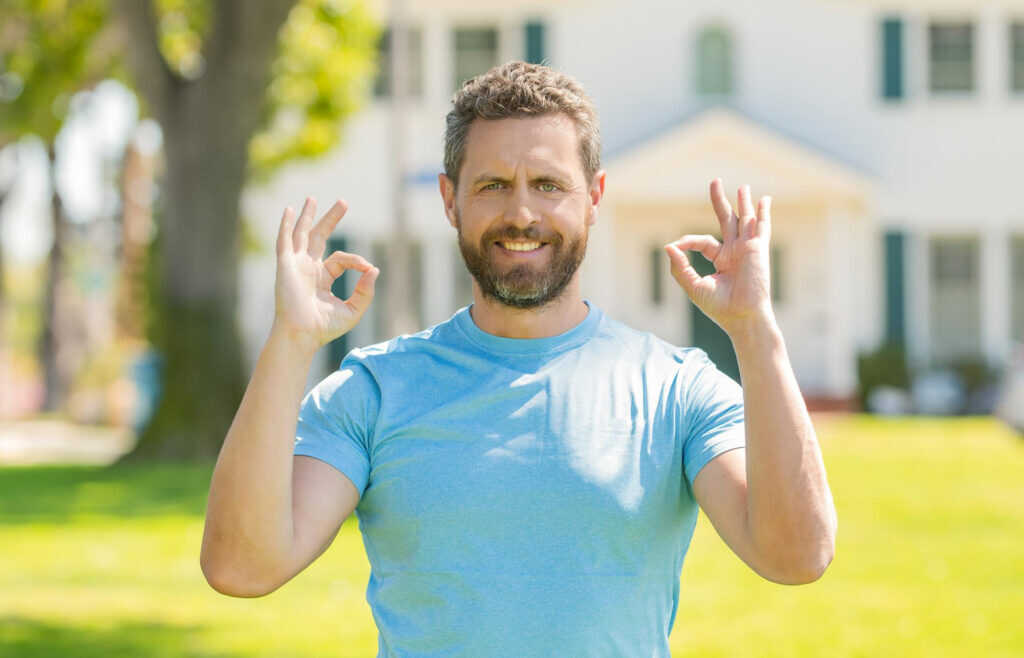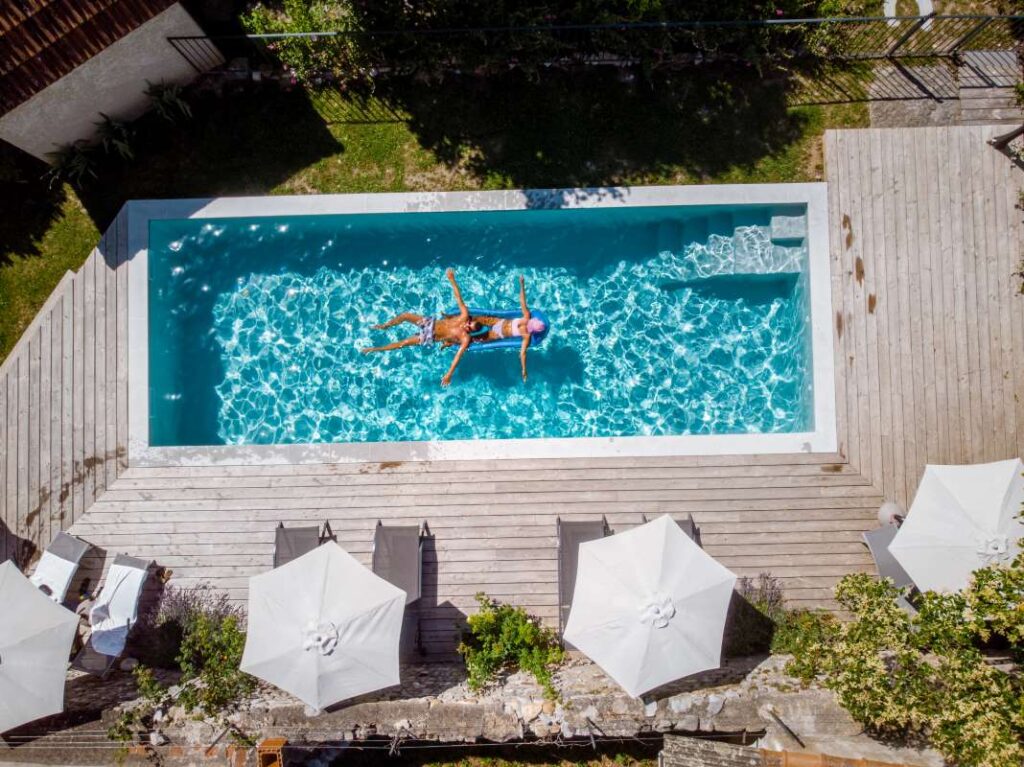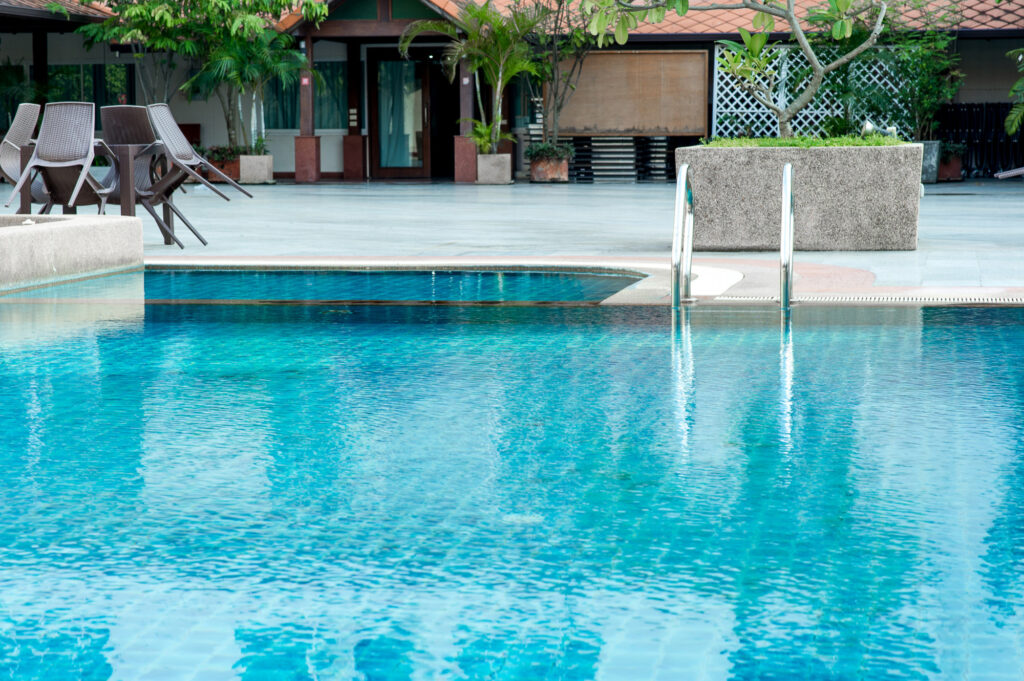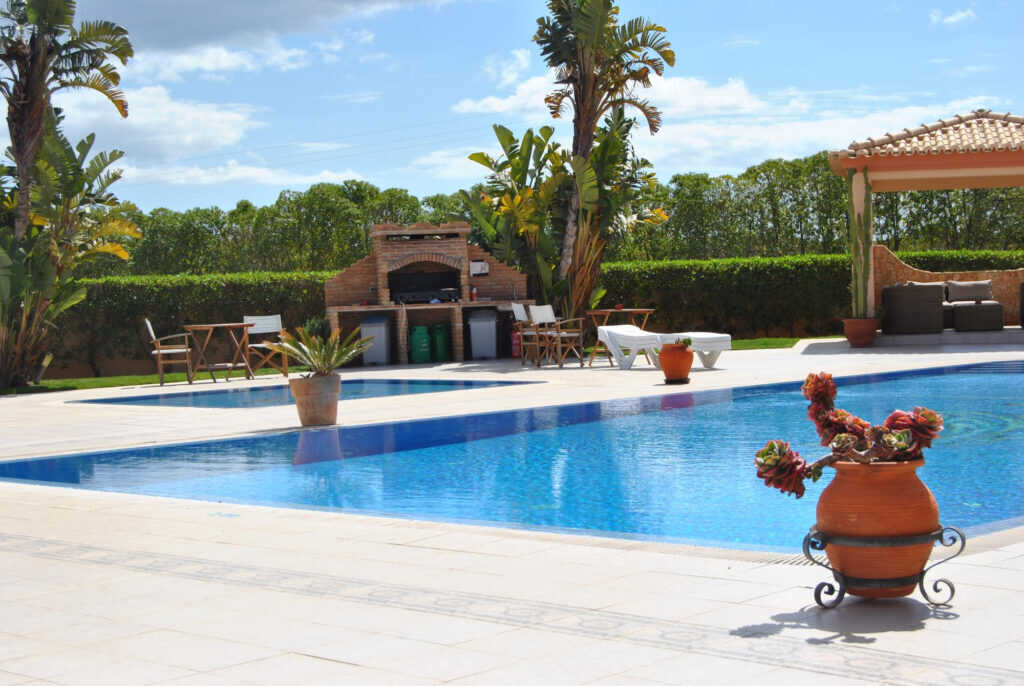Keeping Pools Safe for Pets and Children: Maintenance Considerations
Ensure your pool area is safe for pets and children with effective maintenance strategies. Discover essential tips and practices in this comprehensive guide.
This blog post delves into the crucial topic of pool safety, focusing on how to maintain a secure environment for both pets and children. With the rising number of households owning pools, safety becomes a paramount concern. This article will explore key maintenance considerations, the importance of proper fencing, best practices for chemical usage, and essential training for pool owners to ensure a safe swimming environment for their loved ones.
The Importance of Pool Safety for Pets and Children
Swimming pools offer endless fun and relaxation; however, they can also pose significant risks, especially for young children and pets. According to the Centers for Disease Control and Prevention (CDC), drowning is the leading cause of unintentional death for children aged 1 to 4. Furthermore, pets are also at risk; many dogs and cats do not have the instinctive ability to swim or may panic in water, leading to dangerous situations.
Maintaining a safe pool environment is vital. Here are some essential aspects to consider:
- Supervision: Always supervise children and pets around the pool area. Designate a responsible adult to watch over them, especially during pool activities.
- Pool Fencing: Install a fence around the pool to create a barrier. The fence should be at least four feet tall and equipped with a self-closing gate.
- Safety Equipment: Keep life-saving devices like life rings and reaching poles accessible near the pool.
By understanding these risks and implementing safety measures, you can significantly reduce the potential for accidents at your pool.
Routine Maintenance for Pool Safety
Regular maintenance is crucial to ensure the pool is safe and clean. Poorly maintained pools can harbor bacteria, algae, and other hazards that can negatively impact health and safety. Here are some maintenance practices to consider:
1. Regular Cleaning
Routine cleaning of the pool area, including skimming leaves and debris, vacuuming the bottom, and brushing the walls, prevents algae growth and maintains water clarity. Consider using a pool cleaning service if you lack the time or expertise.
2. Water Quality Management
Maintaining proper chemical balance is essential for pool safety. Test your pool water regularly to ensure appropriate pH levels, chlorine content, and alkalinity. An imbalance can lead to skin irritations, eye problems, and other health issues. Here are the ideal ranges to maintain:
- pH Level: 7.2 – 7.8
- Free Chlorine: 1 – 3 ppm (parts per million)
- Alkalinity: 80 – 120 ppm
Using high-quality pool chemicals and following manufacturer instructions can help ensure safe swimming conditions.
3. Regular Equipment Checks
Inspect pool equipment regularly to ensure it functions efficiently. Pay attention to:
- Filters: Clean or replace filter cartridges as necessary to maintain water clarity.
- Heaters: Ensure heaters are working correctly and are free from debris.
- Pool Covers: When not in use, a safety cover should be placed over the pool to prevent accidental access.
Regular equipment checks not only enhance safety but also prolong the lifespan of your pool system.
Fencing and Barrier Considerations
Installing a proper fence or barrier around your pool is one of the most effective ways to prevent accidents. A well-constructed fence keeps children and pets away from the pool when not in use. Here are some points to consider:
1. Design and Structure
Your pool fence should be at least four feet high and constructed from sturdy materials to withstand climbing or leaning. Gates should be self-closing and self-latching, with latches located out of reach of young children.
2. Compliant with Local Regulations
Ensure your fencing meets local safety codes and regulations. Many areas have specific requirements regarding pool barriers, and staying compliant helps ensure maximum safety.
3. Visibility
Position the fence to allow visibility into the pool area from the house or yard. This helps caregivers keep an eye on children and pets while they play.
Investing time and resources into proper fencing and barriers can make a significant difference in pool safety.
Best Practices for Chemical Usage
Chemicals are essential for maintaining a safe swimming environment; however, improper use can pose risks to both pets and children. Here are some best practices to follow:
1. Safe Storage
Store pool chemicals in a secure location, away from children’s reach. Use child-proof locks if necessary. Ensure containers are labeled correctly to avoid misuse.
2. Timing of Chemical Application
Apply chemicals during times when the pool is not in use. This reduces the risk of exposure for children and pets. A good rule of thumb is to wait at least 30 minutes after adding chemicals before allowing anyone to enter the water.
3. Educating Family Members
Teach family members, especially children, about the dangers of pool chemicals. Knowledge about what not to touch or ingest can promote safety.
By following these best practices, you can ensure the safe use of pool chemicals.
Training and Awareness for Pool Owners
Education is key to preventing accidents. Pool owners should be well-versed in safety protocols, emergency procedures, and maintenance practices. Consider the following:
1. CPR and First Aid Training
Enroll in a CPR and First Aid training course. Knowing how to respond in an emergency can save lives. Encourage all family members to undergo this training, particularly those responsible for supervising pool activities.
2. Pool Safety Programs
Participate in pool safety workshops or programs that cover topics such as child supervision, emergency response, and maintenance protocols. Many community centers or local pools offer such classes.
3. Informing Guests
When hosting gatherings, make sure guests are aware of the pool rules and safety precautions. Provide a brief overview of safety measures in place, such as the location of life-saving equipment and emergency contacts.
By prioritizing training and awareness, you can enhance safety for everyone who uses the pool.
Conclusion
Ensuring pool safety for pets and children requires diligent maintenance, proper fencing, responsible chemical usage, and ongoing education. By implementing these strategies, you can create a safe and enjoyable environment for your family and pets.
If you’re considering starting a pool maintenance business or looking to improve your existing services, check out our Pool Routes For Sale. With unmatched training and support, you can ensure safe and effective pool services. Don’t hesitate to Contact Us for more information on how we can help you achieve your goals in the pool service industry.



